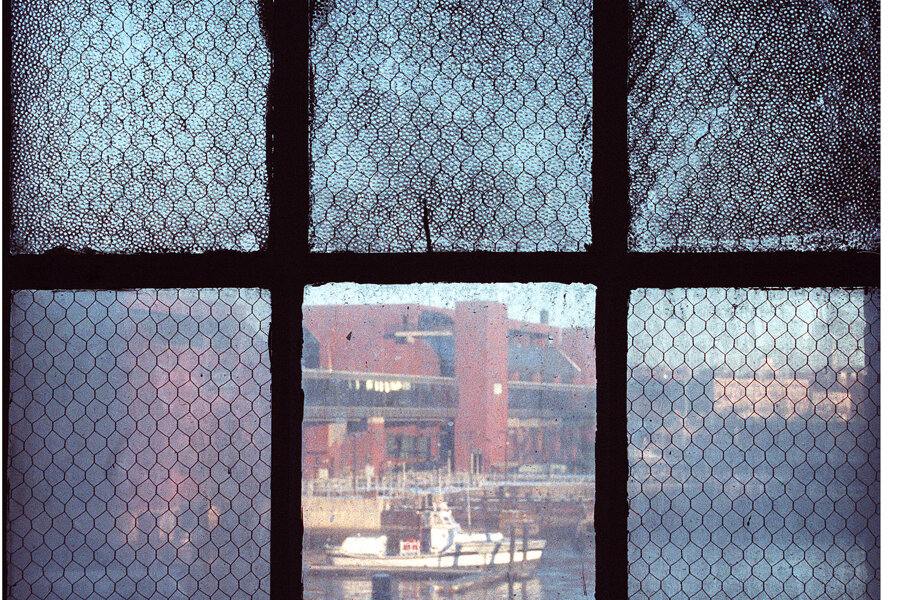How sunlight on dirty buildings is creating dirty air
A new study has confirmed a previously held suspicion as to what helps drive up air pollution: the sun.
Scientists have found that natural sunlight may play a key role in cities’ smog levels, and its covert accomplice is something most city-dwellers walk past everyday: the grime clinging to urban structures, such as buildings or statues.
The action happens when sunlight hits the overlying grime on these surfaces, causing nitrogen gases to discharge, and later form into smog, researchers said Monday.
“The current understanding of urban air pollution does not include the recycling of nitrogen oxides and potentially other compounds from building surfaces,” according to Dr. James Donaldson, the chemistry professor at the University of Toronto who led the study. “But based on our field studies in a real-world environment, this is happening.”
Experiments now substantiate a hypothesis researchers had previously tested in the lab, shining artificial sunlight onto grime samples to determine grime's effect on chemical output.
And they’ve also discovered the truth behind the long-circulating rumor that nitrates in urban grime are inert or inactive, said the scientists.
Instead of being “locked” in place, nitrates are “being removed very quickly” and “also deposited very quickly,” Dr. Donaldson told scientists at a conference for the American Chemical Society. “The lifetime of the nitrates … is very, very short.”
While his team is still working to quantify the exact extent of sunlight-fueled smog, “it may be quite a significant, and unaccounted for, contributor to air pollution in cities,” said Donaldson. “If our suspicions are correct, it means that the current understanding of urban air pollution is missing a big chunk of information.”
One disparity researchers found as they set up tracking stations on the rooftops of Toronto and Leipzig, Germany, is that Leipzig has “20 times more grime than Toronto,” according to a statement.
The team now is hoping to study the influence of varying pollution levels across the world, “in someplace that is ‘really grubby’ and someplace that is ‘really clean.’”
Dr. Donaldson announced at the conference that his group is in talks to begin an experiment in Shanghai.
Upcoming fieldwork will also focus on whether climate conditions, such as relative humidity, are at play in determining the amount of smog arising from sunlit grime, said the professor.
“I think in dry climates, there could be very different sorts of chemistry happening. We have indications of that from our laboratory experiments,” he said.







